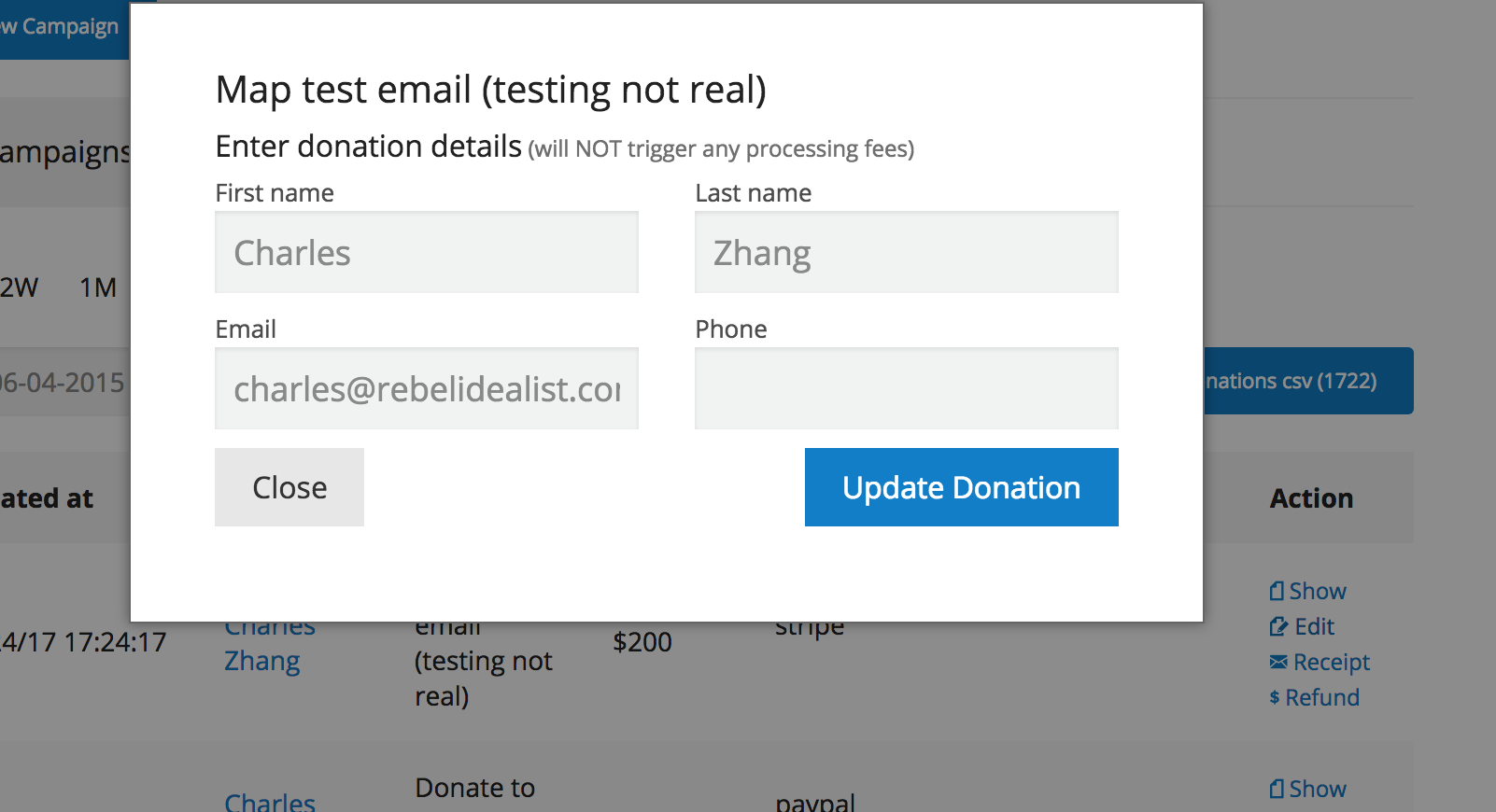

Beyond that, you could accidentally send out an email with a coding error, incorrect or broken link(s) and, less frequent, but often more serious - a technical problem like a missing page, a problem with an e-commerce application or a full site outage. This can include everything from spelling or grammatical errors, or including a description of the wrong offer. The most common mistakes are in the information you’re communicating to your audience. The truth is, however, if you’re following a solid testing regimen, there’s a short list of errors you’ll need to correct. But a call to action (CTA) linking to a site that’s not working properly or experiencing an outage would require a correction, apology and possibly an incentive by way of compensation for customer inconvenience. A simple typo or grammatical error may not be worth sending a list-wide correction. Some errors are simple fixes, while others require much deeper understanding and even multi-level communication to correct with your subscribers. Some mistakes require a full-throated correction, while others don’t require much attention at all. Some have a very simple solution - for example, if you use web cropping - while others take a more fundamental effort.īut how do you know the difference? And how do you correct the mistake when you do?

Every so often, something slips through the pre-flight or testing process for an email campaign that needs to be acknowledged and sometimes corrected. When an email mistake happens, it’s important to have an action plan.


 0 kommentar(er)
0 kommentar(er)
